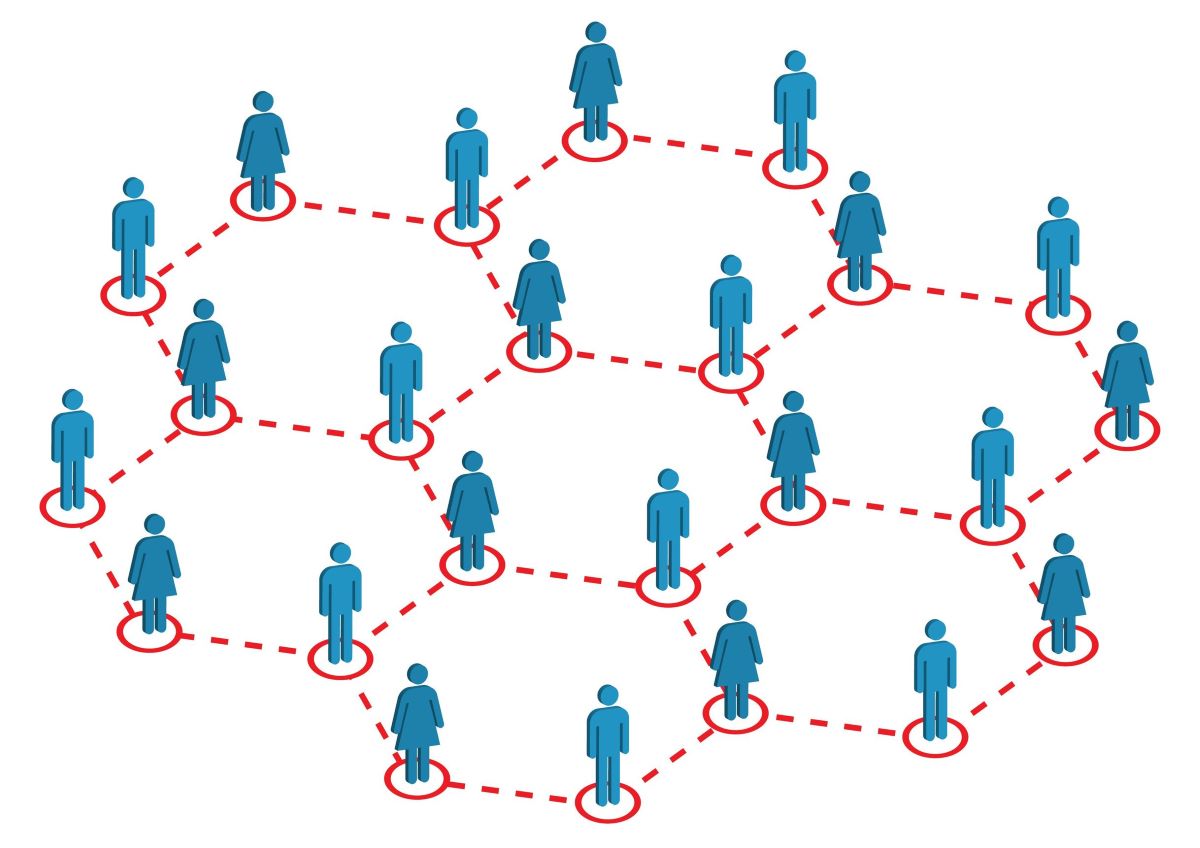How States Title adopted a new intranet
Get a peek inside one company’s efforts to overhaul, revitalize and streamline its messaging efforts.

If your company was suffering from stilted, fractured, wildly siloed communication, where would you start? Oh, and toss a vastly distributed workforce and a couple mergers into the mix for good measure.
States Title, an insurance company for lenders, agents and homebuyers, was enduring some of these all-too-common growth pains. As the company expanded and incorporated new brands into its business, its communication efforts were not keeping up with the times, says Rachel Goff, internal comms manager for States Title. Goff shared the company’s communication journey in a recent webinar presented in partnership with Simpplr, “Modern Intranet: Unifying the Workforce with a Virtual Headquarters.”
Overcoming initial challenges
Goff says when she initially arrived at States Title, there was no internal communication strategy to speak of. Different information was being distributed to separate employee groups but with no rhyme or reason. Redundancies proliferated. No one knew each other or what their colleagues were up to—or what was happening with the company. Without a “single source of truth” or some kind of centralized hub of helpful information, Goff says confusion was rampant.
The lack of clarity led to a nonstop parade of comments such as:
- “I don’t know who to ask for help here.”
- “Is Susan in Denver or Delaware?”
- “Where’s that important document I need?”
- “I get too much email!”
- “When’s Open Enrollment again?”
- “How does my job fit into the big picture?”
Goff was keen to find ways to unite States Title’s nearly 1,300 disparate (mostly remote) staffers as one unified team. States Title decided it needed one platform that would:
- Be a user-friendly landing spot that all team members would be able to access.
- Bring the company together and promote its “One Team” value.
- Be a launching pad to other third-party apps that the company used (Slack, email, etc.).
Goff says her team considered trying to build a new site from scratch. Upgrading their existing Sharepoint intranet was another option, but Goff says that would not solve current issues they were having with limited tech support. The current clunker—which Goff says was “duct-taped together”—was also difficult to manage, update or navigate. The lack of ownership also presented problems. It was a classic case of, “Just because something’s free doesn’t mean it’s without cost.”
States Title ended up purchasing a turnkey intranet solution from Simpplr. In addition to an intuitive, mobile-friendly user experience, Goff touts the chief benefits of her new platform that Sharepoint lacked, such as:
- Alert notifications
- Must-read documents and auto-reminders
- Auto-governance (which automatically archives old content)
- Org chart
- Smart search
- Launchpad for other crucial apps
- Analytics dashboard
Goff says once her team chose Simpplr, it was a mere five weeks from “implementation to go-live.” Goff relays that her previous forays into “build-and-hope” intranet initiatives took upward of a year to get off the ground. Of course, there’s no official “delivery date” for an intranet. It’s a living, breathing thing you must sustain, feed and nurture.
With that nourishing metaphor in mind, States Title called its new intranet “The Pantry,” which, of course, is the best place to find essential ingredients for a successful, productive day.
Goff says her team’s intranet has been live for just months, but successes abound. Ninety-three percent of users have logged in at least once, and 91% of users have viewed content in the last 30 days—which Goff says is a 31% boost from last year. Additionally:
- Email volume down 57% from last year.
- The DIY search function is a huge hit. Goff cites a key metric she can access from Simpplr’s analytics is “searched items with no results,” which reveals which information gaps exist.
- No more bookmarking dozens of sites and tools.
- Employees love the organized and manageable document storage.
- Simpplr can restrict content for different audiences, to honor HIPPA guidelines, for example.
How to get started?
Goff says it’s important to start slowly, with a “phased approach.” Despite its success in intranet adoption, States Title had a slow lift-off as employees were “retrained” on where to go and how to access crucial docs and directions.
Using “must-read” content has been another boon for engagement. Simpplr enables you to upload documents equipped with a “read-receipt” feature that requires confirmation from employees that they have, indeed, read your new policy or whatever. Before using this “must-read” tactic, just 63% of users logged in at least once over two months and 52% of users viewed content over 30 days. Those latest readership figures are now 93% and 91%, respectively.
You’ll also want to prioritize a content audit to see what must be deleted from the old intranet or be transferred to the new site. Goff says Simpplr integrated seamlessly with its old Sharepoint platform and made it easy to migrate content. Simpplr also can help with content audits to determine what should stay or go.
Goff shares more tips and takeaways:
How do you get buy-in from staff? “You must show them that it’s useful to them,” Goff says, adding, “Make sure you’re providing content they expect.”
Also, be sure to involve your staffers in the early parts of your intranet discussions. It’s far better to build something that initially incorporates their needs, preferences and feedback, rather than scrambling to accommodate after your big launch. So, amass a broad swath of employee feedback before building anything, and let their opinions shape the initial iteration of the site.
Should just comms folks update the intranet? Goff conveys a resounding, “No!” adding that “You can’t do it all by yourself.”
It’s crucial to identify and empower several departmental champions who can update their specific area of the hub. Internal communicators should manage and “own” the intranet to maintain consistency and quality, but feel free to recruit stakeholders to get them trained on posting content. You can always restrict who updates the site if needed.
What about analytics and metrics? Goff says Simpplr offers a turnkey analytics dashboard that shares crucial, easy-to-read metrics that pertain to adoption, logins, engagement, pageviews, and auto-reminders to follow up with must-read documents. Dashboards can be customized and tailored to your personal preferences (or attuned to whatever stats your execs find compelling).
What key learnings to pass onto others doing intranet transition? Goff says: “First, breathe. Don’t feel the need to do too much at once. Find your base needs of employees and start there with most urgent content needs.”
She also urges communicators to strengthen connections with other departments and to prioritize partnerships. Your build-out should be extremely inclusive, which means working closely with key figures from other departments who can help champion the new intranet when the time comes.
Goff adds: “Offer your services to help others get up to speed on the new software. Show them key features that might help make their jobs easier.”
Your intranet should streamline information, increase efficiencies and make people’s jobs and lives easier. It should lighten loads and lessen headaches—not increase stress. If your solution isn’t hitting those marks, it might be time for a new approach.







